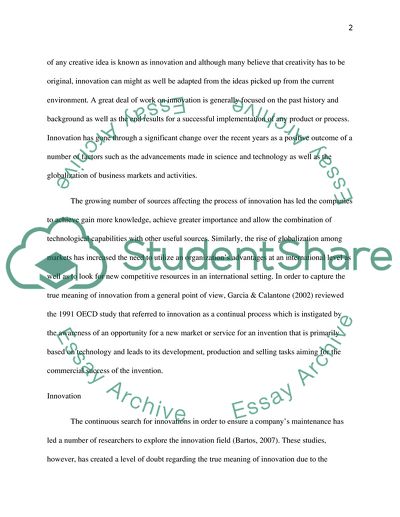Cite this document
(Innovation and Development Process of Mobile Phones Research Paper, n.d.)
Innovation and Development Process of Mobile Phones Research Paper. Retrieved from https://studentshare.org/technology/1737005-individual-research-exercise
Innovation and Development Process of Mobile Phones Research Paper. Retrieved from https://studentshare.org/technology/1737005-individual-research-exercise
(Innovation and Development Process of Mobile Phones Research Paper)
Innovation and Development Process of Mobile Phones Research Paper. https://studentshare.org/technology/1737005-individual-research-exercise.
Innovation and Development Process of Mobile Phones Research Paper. https://studentshare.org/technology/1737005-individual-research-exercise.
“Innovation and Development Process of Mobile Phones Research Paper”, n.d. https://studentshare.org/technology/1737005-individual-research-exercise.


